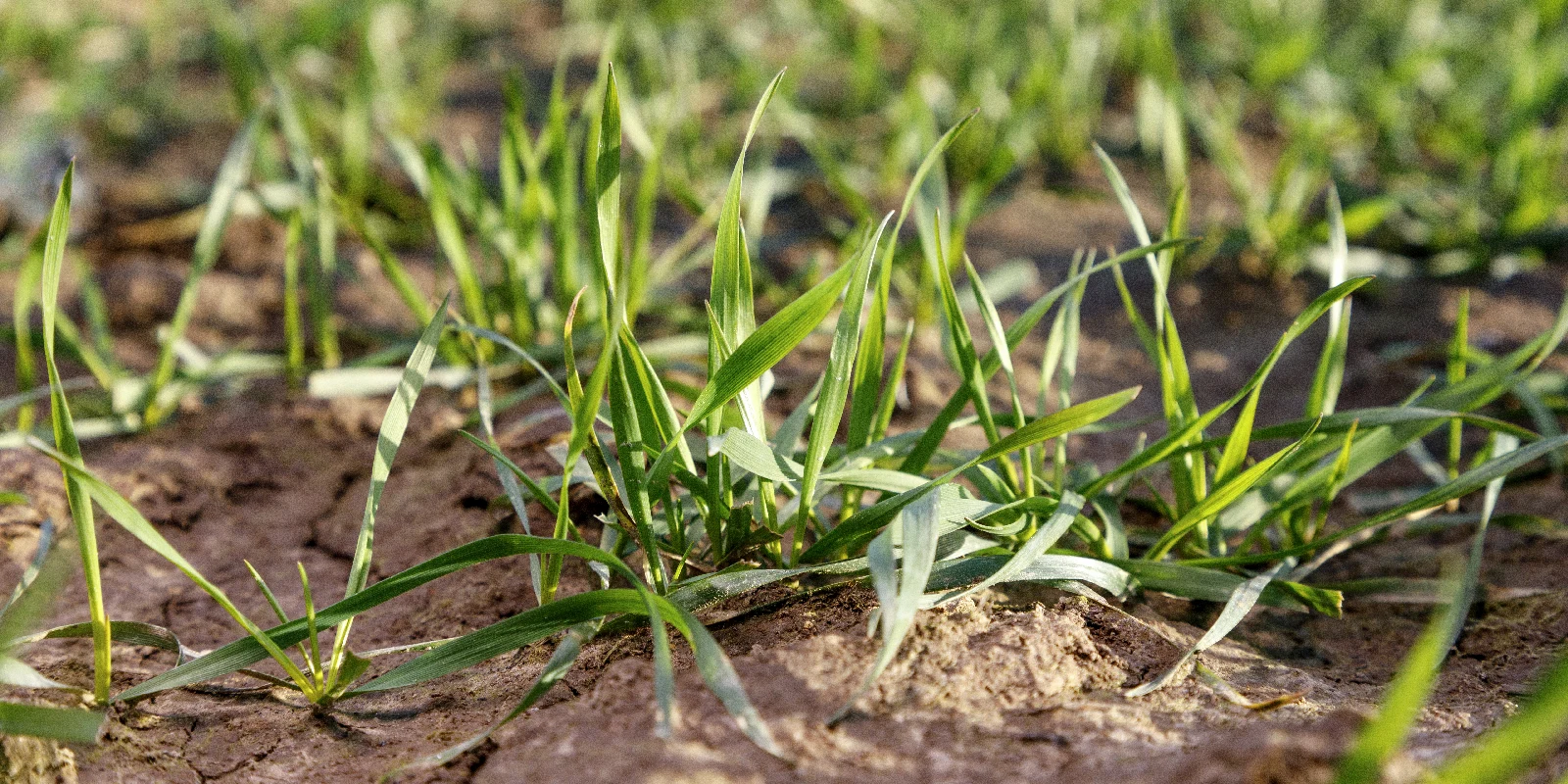
Initial results from the Bayer Mode of Action Survey 23 indicate that herbicide resistance management is a priority for farmers. Of the 243 participants, 83% said it was very important to agronomy on farm.
Author
Bayer Crop Science | 1st July 2023Tags
Managing Herbicide Resistance: Initial insights from the Bayer Mode of Action Survey 23
Efforts in herbicide resistance management are critical to ensuring the success of your crops and farm. Initial results from the recent Bayer Mode of Action Survey 23, herbicide resistance management is a top priority for farmers, with 83% of the 243 participants considering it "very important" to agronomy on their farms.
Initial Findings
Commitment to resistance management was reflected in 75% of respondents using three or more modes of action in their wheat herbicide programme. What’s more, everyone in the survey was taking at least one step to protect herbicide modes of action from resistance.

Overall, participants had good knowledge of modes of action with 30% fully aware of the HRAC group for the actives they use and a further 49% are partly aware of the grouping system. Better labelling of products and labels with HRAC Groups is already being implemented across the industry which will help improve understanding.
Challenging weeds
One surprising result in the survey was that brome and wild oats were considered more of a challenge than Italian ryegrass. Participants were asked to choose up to three answers to the question “What are the most challenging weeds to control?” Black-grass is the most problematic weed with 74% reporting it a challenge to control. Brome scored 48% and wild oats 31% with Italian ryegrass trailing in with 28%.
“This result was a bit of a surprise, but it does probably reflect that Italian ryegrass is still confined to particular regions as shown by the ryegrass survey in 2021,” says Bayer’s Tom Chillcott. On the other hand, brome and wild oats are more common across the whole arable area and according to these results are not as easy to control as we sometimes think."

The full results and analysis of the survey will be published shortly. Should you have any questions or require further support, please reach out to our regional technical manager team.